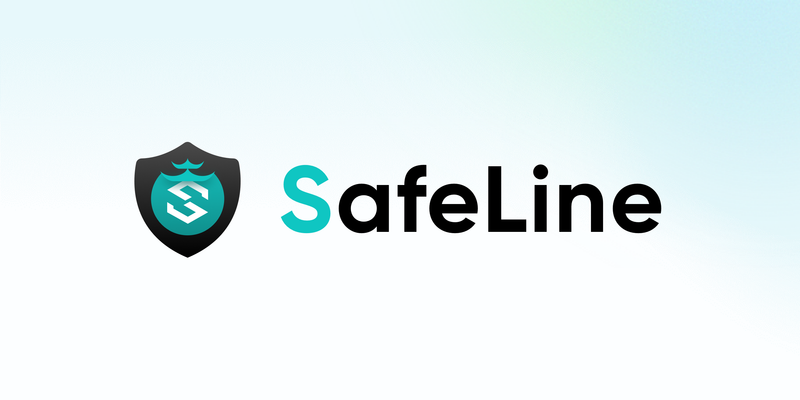When it comes to protecting web applications, choosing the right WAF (Web Application Firewall) can make or break your security posture. In this article, we compare SafeLine and Barracuda WAF, two very different players in the WAF space—one modern and open in architecture, the other enterprise-heavy and cloud-integrated.
Let’s break it down.
Overview
| Feature | SafeLine | Barracuda WAF |
|---|---|---|
| Deployment | Self-hosted (Docker/Nginx-based) | Appliance, VM, Cloud (AWS, Azure, GCP) |
| Detection Engine | Semantic analysis (AI-based) | Signature & behavior-based |
| Rule Maintenance | Rule-less (learning model) | Requires regular updates |
| Performance | High-performance, lightweight | Varies by deployment model |
| API Protection | Yes (semantic-level inspection) | Yes |
| Bot Mitigation | Advanced (with JavaScript/HTML encryption) | Basic/Advanced depending on plan |
| Cost Transparency | Free to start, optional upgrades | Paid, enterprise-focused |
| Dashboard UX | Modern, DevOps-friendly | Enterprise-style UI |
| Custom Rules | Supports JSON-based policies | Supports custom signatures |
| Community Support | Active GitHub community | Vendor-supported |
Detection Approach
SafeLine uses a semantic-aware engine that doesn't rely on fixed rule sets. This makes it especially effective against unknown 0-day exploits and bypass techniques. Unlike traditional rule-based WAFs, it analyzes request intent in real time.
Barracuda WAF, on the other hand, uses a more conventional approach: signature-based detection with heuristic options and some AI assistance. It’s effective for known vulnerabilities but may require tuning and updates for evolving threats.
Deployment & Management
SafeLine is extremely lightweight, containerized, and simple to deploy on any infrastructure. With a one-line install and built-in TLS, it’s ideal for DevOps environments.
bash -c "$(curl -fsSLk https://waf.chaitin.com/release/latest/setup.sh)"
-- --en
Barracuda WAF supports physical appliances, VMs, and major cloud platforms. It’s suitable for enterprises needing centralized control, but comes with higher complexity and cost.
Real-World Use Cases
SafeLine is best suited for developers, security teams, and startups who want modern protection with minimal overhead. Its semantic engine excels in detecting business logic abuse, bypass attempts, and API misuse.
Barracuda WAF is commonly used by enterprises needing full-stack security and integration into larger security ecosystems (SIEM, DLP, etc.). It’s robust, but may be overkill for smaller setups.
Final Thoughts
| When to Choose | SafeLine | Barracuda WAF |
|---|---|---|
| You're a developer or DevOps team | ✅ | ❌ |
| You prefer self-hosted and open deployment | ✅ | ❌ |
| You require a vendor-managed enterprise stack | ❌ | ✅ |
| Your workload is API-heavy or rapidly changing | ✅ | ⚠️ |
| You have a large IT/security budget | ⚠️ | ✅ |
| You want a modern, rule-free engine | ✅ | ❌ |
Conclusion
SafeLine shines with its intelligent, rule-less architecture and developer-friendly deployment. Barracuda WAF is a solid choice for enterprises seeking all-in-one security, but it comes with licensing costs and complexity.
If you're looking for a modern WAF with low maintenance and high protection accuracy, SafeLine is a strong contender—especially in API-heavy or fast-paced environments.
Resources
- SafeLine GitHub: https://github.com/chaitin/SafeLine
- SafeLine Docs: https://docs.waf.chaitin.com/en/GetStarted/Deploy
- SafeLine Community: https://discord.gg/dy3JT7dkmY
- Barracuda WAF: https://www.barracuda.com/products/webapplicationfirewall





Top comments (0)